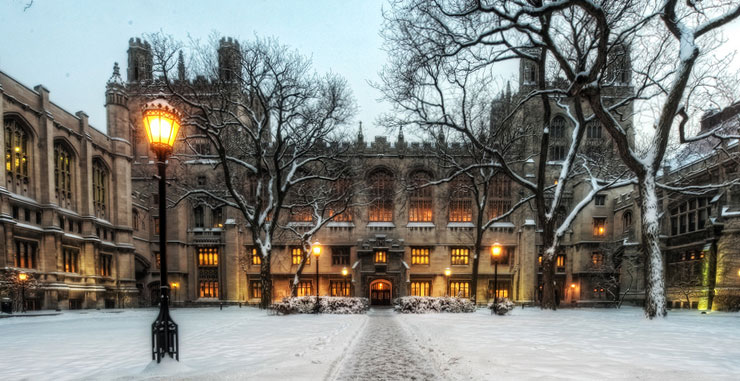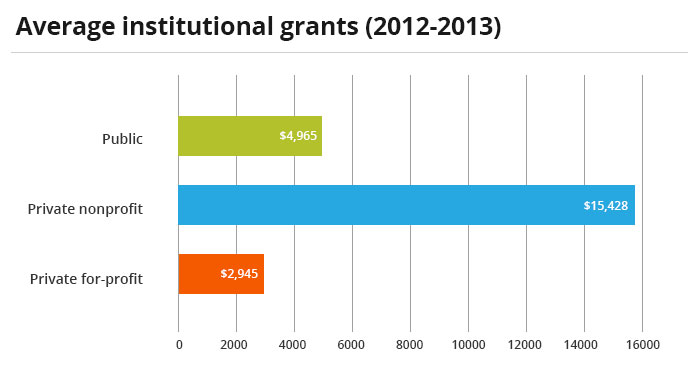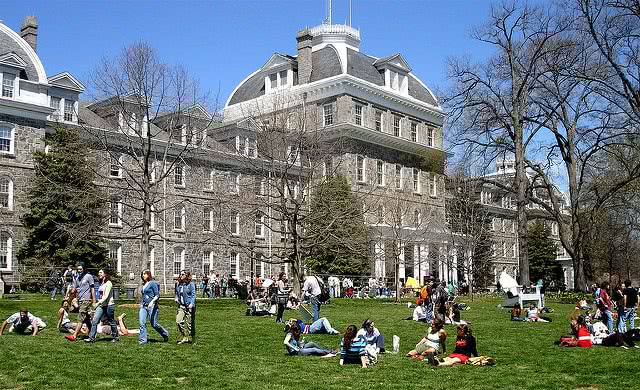
Flickr user SD Dirk
Cost is one of the most important factors to consider when choosing a college. It could mean the difference between graduating with a mountain of student debt, or very little (or none) at all. But which is more affordable: public college vs private college? The answer isn’t as clear cut as many believe!
Public vs Private College: What Are They?
First, let’s review the differences between public and private colleges. This is necessary to understand before we do a deeper dive into the affordability of each!
Public colleges are schools that are funded by local, state, and federal dollars and taxpayers. In the past, costs were carried heavily by the individual states, but federal funding has ramped up in recent years. As a result, they tend to offer lower rates to in-state students.
Private colleges, on the other hand, are privately funded. Their money comes from students’ tuition and donations.
Public vs Private College: What are the Average Tuitions?
In 2021-2022, the average cost of both fees and tuition at a public college was $10,338 for in-state students and $22,698 for those out of state. For private schools, the cost was $38,185 on average.
However, while it may seem that, on paper, public colleges win the debate, you actually need to dive a bit deeper to see which is the most affordable for you. These are just sticker prices, and students rarely end up paying the actual sticker price to attend!
Public vs Private College: Which is More Affordable?
The notion that private schools are much more expensive than public schools is not new. For some students, they might very well find a public school to be more affordable than a private one. However, with the cost of college rising in many places, the thought that public college is always more affordable is an outdated one. It’s not true for every student.
There are two different questions to consider when determining which is the more affordable option for you.
Are You an In-State or Out-of-State Student?
As you probably noted up there, the cost for an out-of-state student is much higher than an in-state student. This can absolutely play a role in whether or not you apply for a public college. In some cases, you might find an out-of-state public school is actually much more expensive than your local private college!
Have You Received Financial Aid Packages?
The answer to this question tends to end the debate of affordability. While a sticker price can be a good indicator of how much a school costs, students rarely pay that full amount.
Public and private colleges both tend to offer financial aid packages to their students with acceptance letters, especially those who demonstrate need. Other institutional grants can be the result of merit. These awards though can definitely change the numbers around, and, in some cases, a lot.
For example, say a public college in your state costs $10,000 to attend and the private school costs $20,000. You’ve been offered a grant for the public college for $1,000 and a grant for the private college for $15,000. As a result, the public college will now cost you $9,000 to attend vs the $5,000 to attend the private option.
While the public college’s sticker price may have been lower than the private school, it’s pretty obvious which is actually more affordable once you have that financial aid package in hand.
How Can You Make College More Affordable?
Whether you decide to attend public or private school, there’s no doubt: college is expensive. It’s important to find ways to cut down on your expenses ahead of time. Here are some tips to make college more affordable:
1. Complete your FAFSA
One of the most important steps you can take when it comes to college is completing your Federal Application for Federal Student Aid (FAFSA). Even if you think you won’t qualify for any federal grants, do not skip it. The application is used for much more than federal aid. For example, your school may use it when determining financial aid packages. Didn’t complete your FAFSA? You probably won’t get any grants or other financial offers with your acceptance letter.
2. Take Out Federal Loans
As long as you completed your FAFSA, you will be eligible to take out federal loans. If you have to take out loans to afford college, make sure you take out these before you turn to private loans! They have lower interest rates, and it’s much easier to be eligible for them. Many students need a co-signer for their private loans due to the lack of a credit history. Private loans, however, can help bridge the gap between what you have and what you need if necessary.
3. Compare Your Financial Aid Packages
Financial aid packages aren’t always easy to understand. Schools use different formats and terms to explain their grants, loans, and scholarships. As a result, it may not always be clear which school is offering more money or which is the most affordable of your options.
Using a Financial Aid Offer Comparison tool can help you cut through the confusion and present the numbers in an easy-to-understand format.
The answer to which is more affordable, public or private college, isn’t as clear cut as many people believe. While, on paper, public school can seem the cheaper option, that really isn’t always the case. Instead, the answer should be determined on an individual basis, and only after financial aid packages have been received.
While institutional grants and aid packages can come in handy, many students still don’t have quite enough to be able to attend. Student loans can bridge the gap. Use our Student Loan Finder to find and compare different options to ensure you’re getting the best deal.
| Lender | Rates (APR) | Eligibility | |
|---|---|---|---|
 |
5.19% - 15.81%* Variable
3.99%-15.61%* Fixed |
Undergraduate and Graduate |
VISIT CITIZENS |
 |
4.79% - 14.96% Variable
3.49% - 15.49% Fixed |
Undergraduate and Graduate |
VISIT SALLIE MAE |
 |
4.38% - 17.99% Variable
3.39% - 17.99% Fixed |
Undergraduate and Graduate |
VISIT CREDIBLE |
 |
5.34% - 13.19% Variable
3.48% - 12.61% Fixed |
Undergraduate and Graduate |
VISIT LENDKEY |
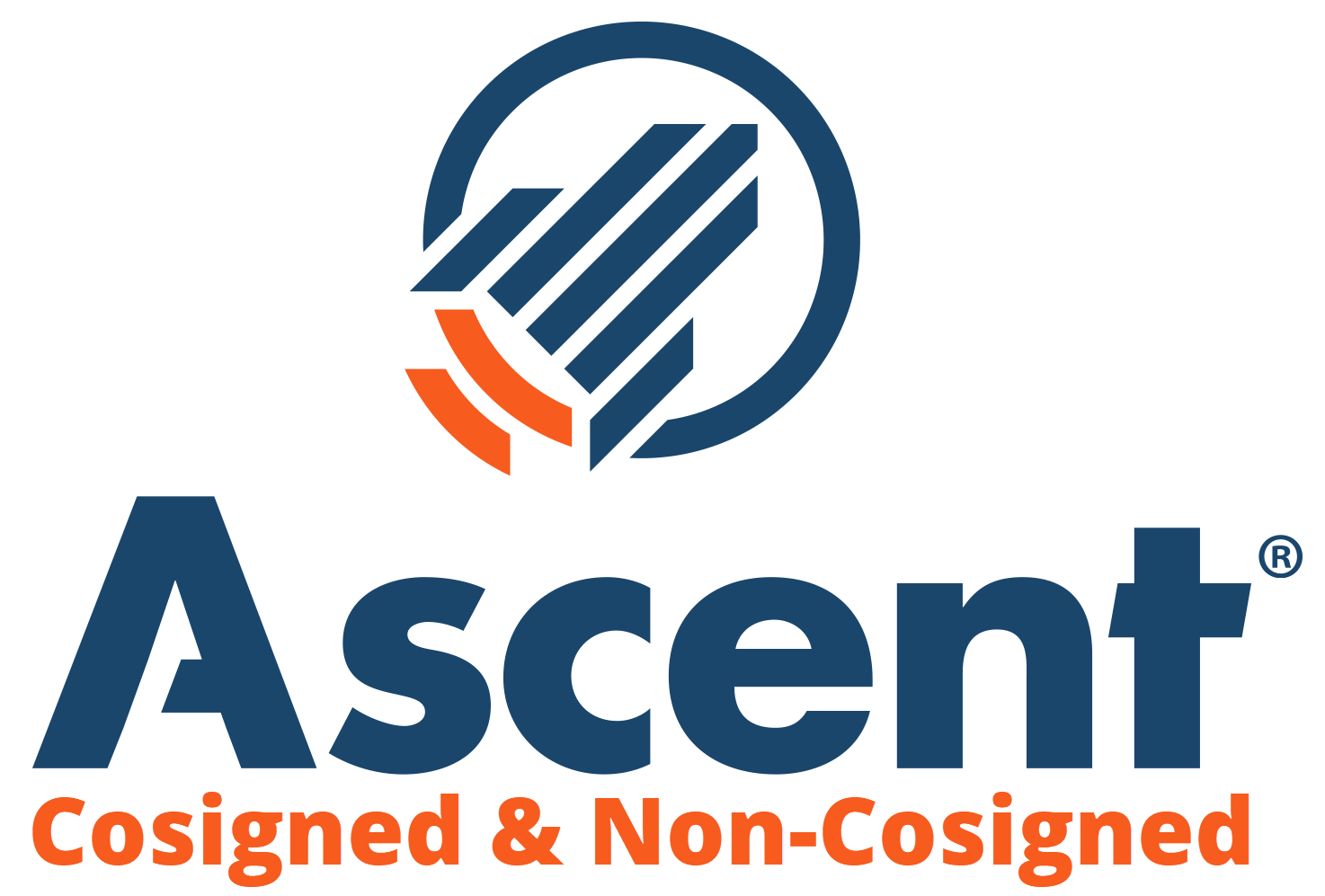 |
5.25% - 14.26% Variable
3.39% - 14.16% Fixed |
Undergraduate and Graduate |
VISIT ASCENT |
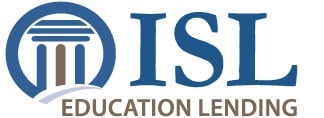 |
3.70% - 8.75% Fixed |
Undergraduate and Graduate |
VISIT ISL |
 |
4.99% - 16.85% Variable
3.47% - 16.49% Fixed |
Undergraduate and Graduate |
VISIT EARNEST |
 |
5.00% - 13.97% Variable
3.69% - 14.22% Fixed |
Undergraduate and Graduate |
VISIT ELFI |


